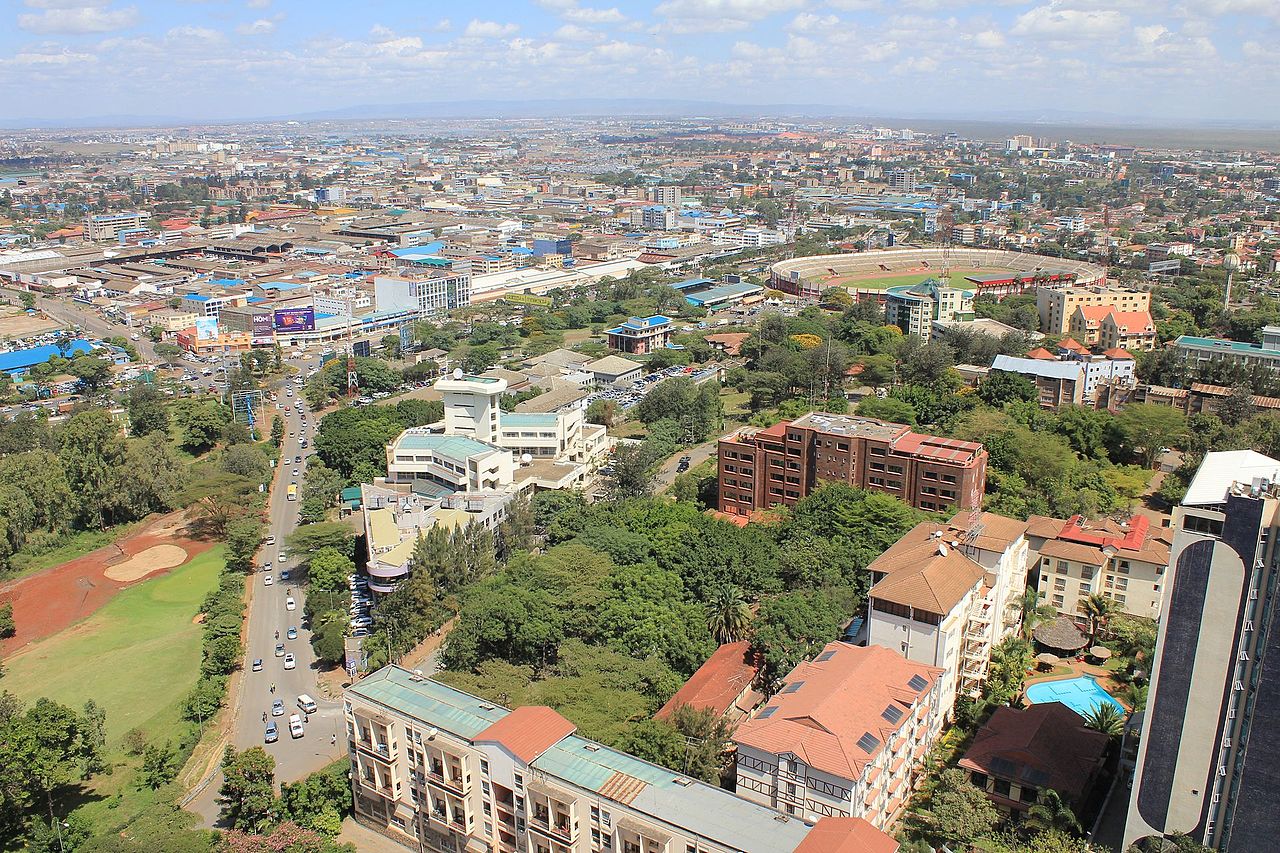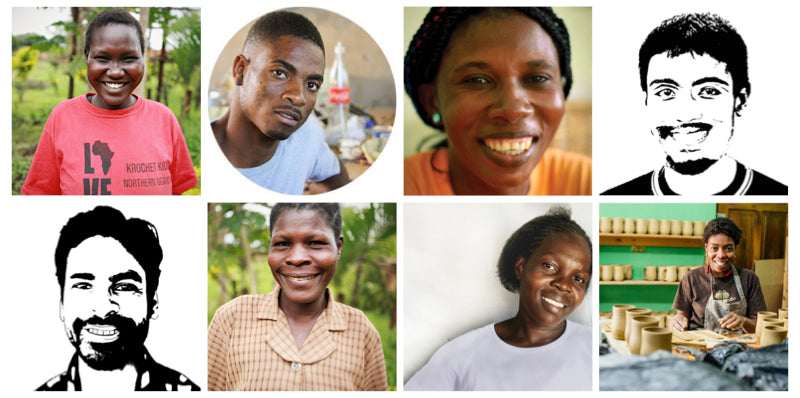The Basics of Swahili

Swahili, also referred to as Kiswahili or kiSwahili, is a part of the Bantu language family in Africa. It is spoken by 5 million people as a native language, and approximately 135 million people as a secondary language.
Swahili is the national language of Kenya, Tanzania, and Uganda. It is also East Africa’s lingua franca which means that speakers with different native tongues tend to use Swahili to communicate.
Tanzania, Kenya, and Congo all use Swahili in government and public education to a degree. In Congo, Swahili is one of four administrative languages, while in Tanzania, Swahili it the official administrative language.
Swahili is influenced by Arabic, and the name is derived from the Arabic word, sawāḥil, which means “coastal dwellers” or “of the coast.” The oldest recordings of Swahili literature were written in Arabic script. Today, Swahili is primarily written in the Roman Alphabet
Swahili in Arabic Script:

Swahili in Roman Alphabet:

Sample Text (Article 1 in the Universal Declaration of Human Rights):
Watu wote wamezaliwa huru, hadhi na haki zao ni sawa. Wote wamejaliwa akili na dhamiri, hivyo yapasa watendeane kindugu.
Sources: omniglot.com, britannica.com
Leave a comment
Comments will be approved before showing up.
Also in News





